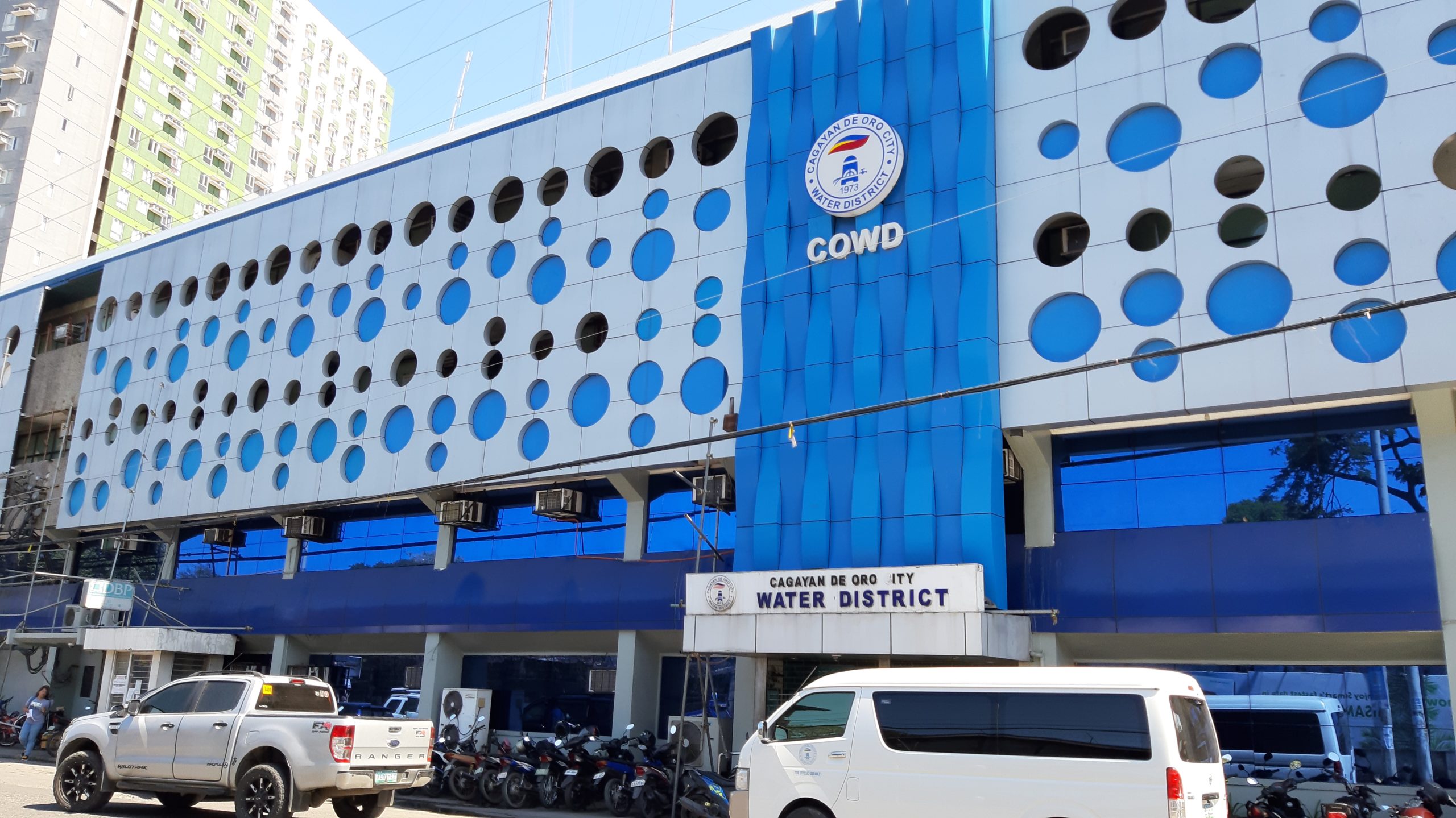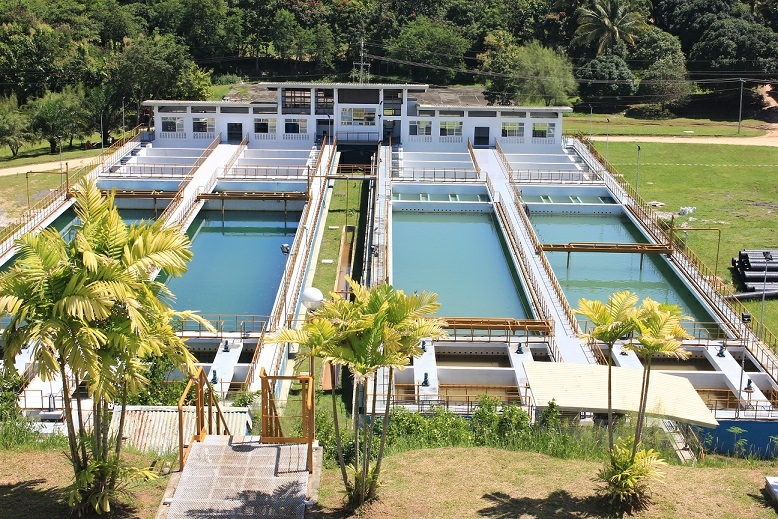
By LITO RULONA
Correspondent
THE number of Human Immunodeficiency Virus-Acquired Immune Deficiency Sydrome (HIV/Aids) cases in Cagayan de Oro are seen to dramatically increase by year-end, a government epidemiologist has told a city council committee.
Dr. Joey Retuya, an epidemiologist at the Cagayan de Oro City Health Office, told the city council’s health committee on Friday that the number of people infected with the Aids-causing HIV are projected to reach over 300 by December.
The government’s information and safe-sex campaign has not kept the spread of the virus from spreading.
Retuya said the CHO has been conducting HIV tests for six years, and some 5,565 tests have been done as of June 2016.
He said 59 percent to 70 percent tested at the Social Hygiene Clinic came from Cagayan de Oro and the rest were from nearby municipalities.
“As of now, we have 276 cases in Cagayan de Oro alone,” said Retuya, adding that they were expecting another 30 cases by the end of this year.
Retuya told the committee: “In June 2016, there were 841 new HIV anti-body sero-positive individuals reported. This was nine percent higher compared to the same period last year (772). This was the highest number of cases ever reported since 1984. Eighty-eight percent were asymptomatic at the time of reporting. It is passive kind of surveillance coming from laboratory, blood banks and medical centers.”
He said there were 34,158 anti-body positives so far in the country this year, and one-third had the symptoms of Aids while half died.
He said the number of cases started to increase in 2008, and most virus carriers were male who had same-sex partners. Only eight percent of have undergone HIV tests and 36 percent used condoms consistently.
As of May 2016, the number reached 3,802 as of May or an average of 26 new cases a day–meaning, at least one case every hour. Most, he said, are people whose ages range from 15 to 34 years.
Disclaimer
Mindanao Gold Star Daily holds the copyrights of all articles and photos in perpetuity. Any unauthorized reproduction in any platform, electronic and hardcopy, shall be liable for copyright infringement under the Intellectual Property Rights Law of the Philippines.








